Search Images
Browse Content (p. 1525)
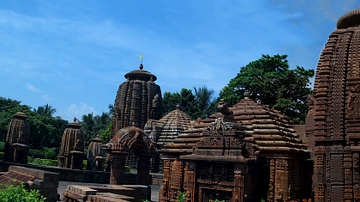
Image
Mukteshvara Temple, Bhubaneswar
Mukteshvara Temple, Bhubaneswar, India. 10th century CE. On the left is the Siddheshvara temple, 11th century CE.

Image
Yama
A painting of Yama, the Hindu god of the dead. c. 1820 CE. He rides his typical vehicle the buffalo and holds a mace and lasso, signifying his role as a catcher of souls.

Image
Rajaraja I Mural, Thanjavur
Rajaraja I Mural, Thanjavur. The Mural, from a sanctuary wall, depicts the ruler and his spiritual advisor. Rajaraja I commissioned the Brihadishvara temple at Thanjavur in the early 11th century CE.

Image
The Brihadishvara Temple, Thanjavur
The Brihadishvara Temple (side view), Thanjavur, Tamil Nadu, India. c. 1010-1025 CE. The temple is, at 65 m high, one of the largest Chola period buildings.
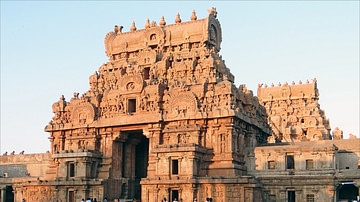
Image
Monumental Gateway, Brihadishvara Temple, Thanjavur
The monumental gateway of the Brihadishvara Temple, Thanjavur, Tamil Nadu, India. c. 1010-1025 CE. The temple is one of the largest Chola period buildings.

Image
Brihadishvara Temple, Thanjavur
The Brihadishvara Temple, Thanjavur, Tamil Nadu, India. c. 1010-1025 CE. The temple is, at 65 m high, one of the largest Chola period buildings.
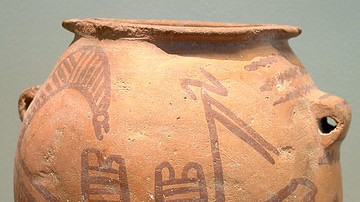
Image
Naqada II pottery
Example of Egyptian pottery of the Naqada II period (c. 3500-3200 BC). Some of the motifs depicted on Naqada II pottery are also found in rock images produced by prehistoric hunting communities living in the dessert west of the Nile. During...
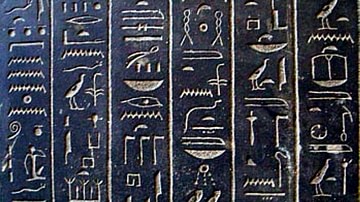
Image
Detail from the Sarcophagus of Ankhnesneferibre
Egyptian hieroglyphs carved on the sarcophagus of Ankhnesneferibre (26th dynasty), currently located in the British Museum.
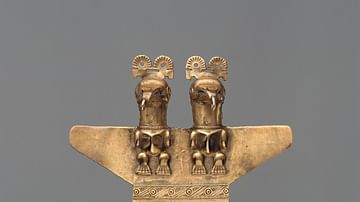
Image
Muisca Double Eagle Pendant
A Muisca (Chibcha) double eagle gold pendant. Colombia, 10th-16th century CE. (Metropolitan Museum of Art, New York)
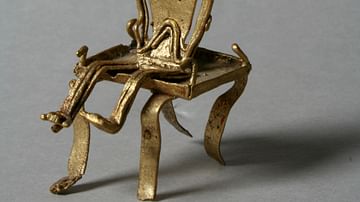
Image
Muisca Gold Figure
A Muisca (Chibcha) seated gold figure on a stool (tunjo). Colombia, 10th-16th century CE. (Metropolitan Museum of Art, New York)